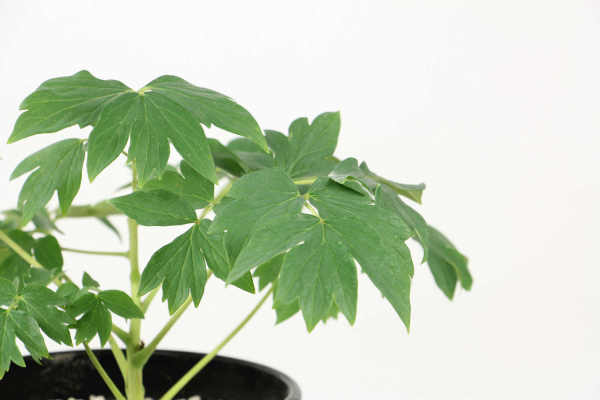1, to prevent wind damage: It is in the flowering time when the wind is strong, especially in the northern region.Its flower diameter is relatively large, mostly between 15 and 25 centimeters, so it is prone to top-heavy phenomenon.Therefore, after flowering, if it encounters windy weather, it is easy to break its branches, petals are easily damaged and dry edges.It should be moved to a place to avoid the wind in time, and the branches should be supported so that the flowering time can be extended.

2, sufficient light: It likes the light, to be placed in the light of the full place, more sunshine.Otherwise, the branches will grow in vain, consume a lot of nutrients, the nutrients of flowers will be insufficient, and the flowering time will be shortened.More sunshine, let it accumulate more nutrients, prolong the flowering period.

3. Appropriate amount of watering: The nutrients consumed during the flowering period are more than usual, and when the wind is strong, the water evaporates quickly.Therefore, we should water them frequently, and when the soil is half dry, we should water them, and pay attention not to overdo it.When the weather is good, spray water, but do not spray on the flowers.

In order to control its flowering period, flower forcing and temperature control methods can be used.For example, if you want it to blossom on National Day, you should spray appropriate foliar fertilizer at the stage of flower bud differentiation, select strong branches, buds, buds, and remove the excess.After the middle of July, move it to a low temperature, keep the temperature at 0 degrees, and let it sleep early.In the middle and late September, the temperature is controlled at about 22 degrees, so that it can blossom at the end of September and enjoy flowers on National Day.